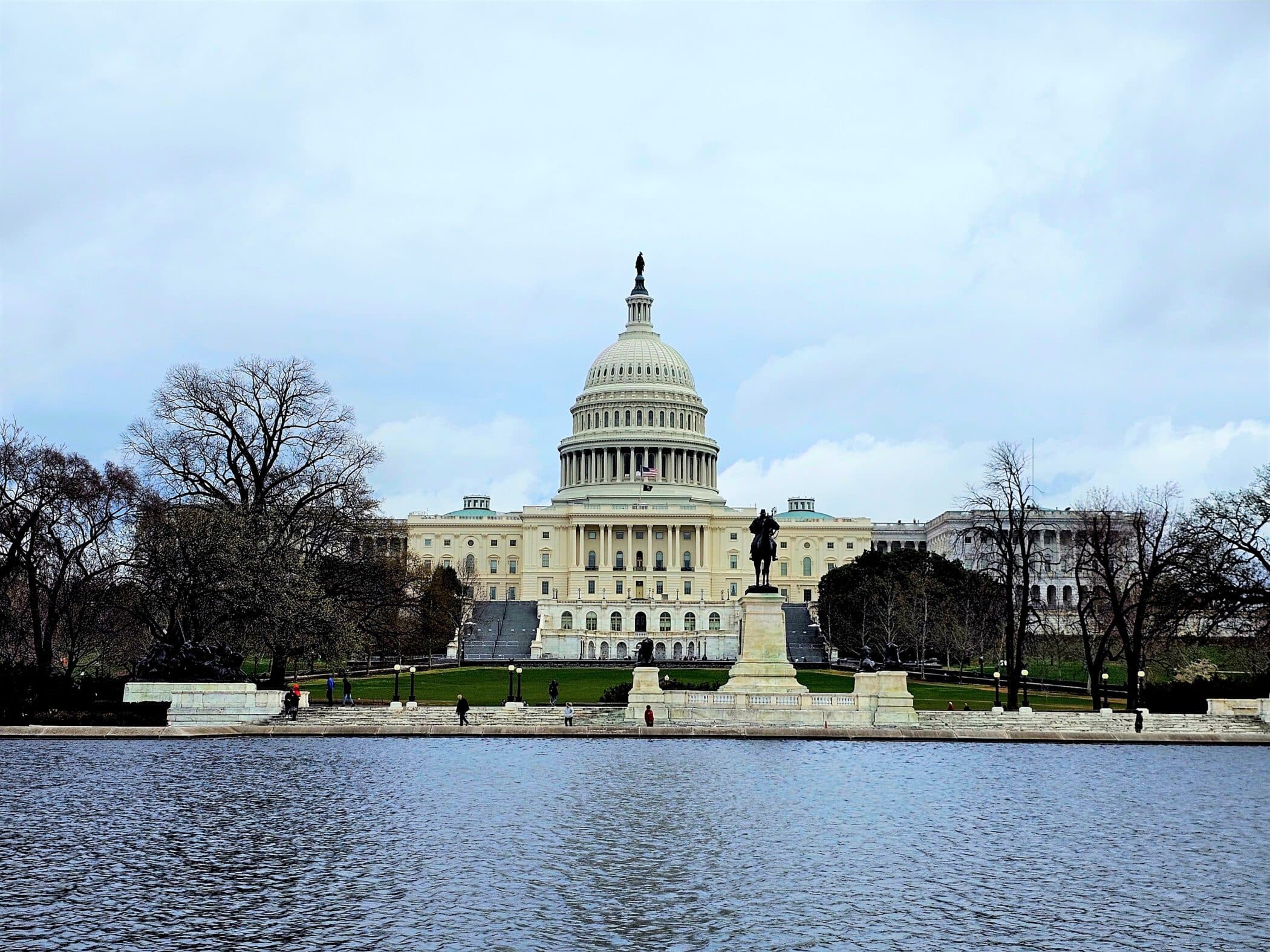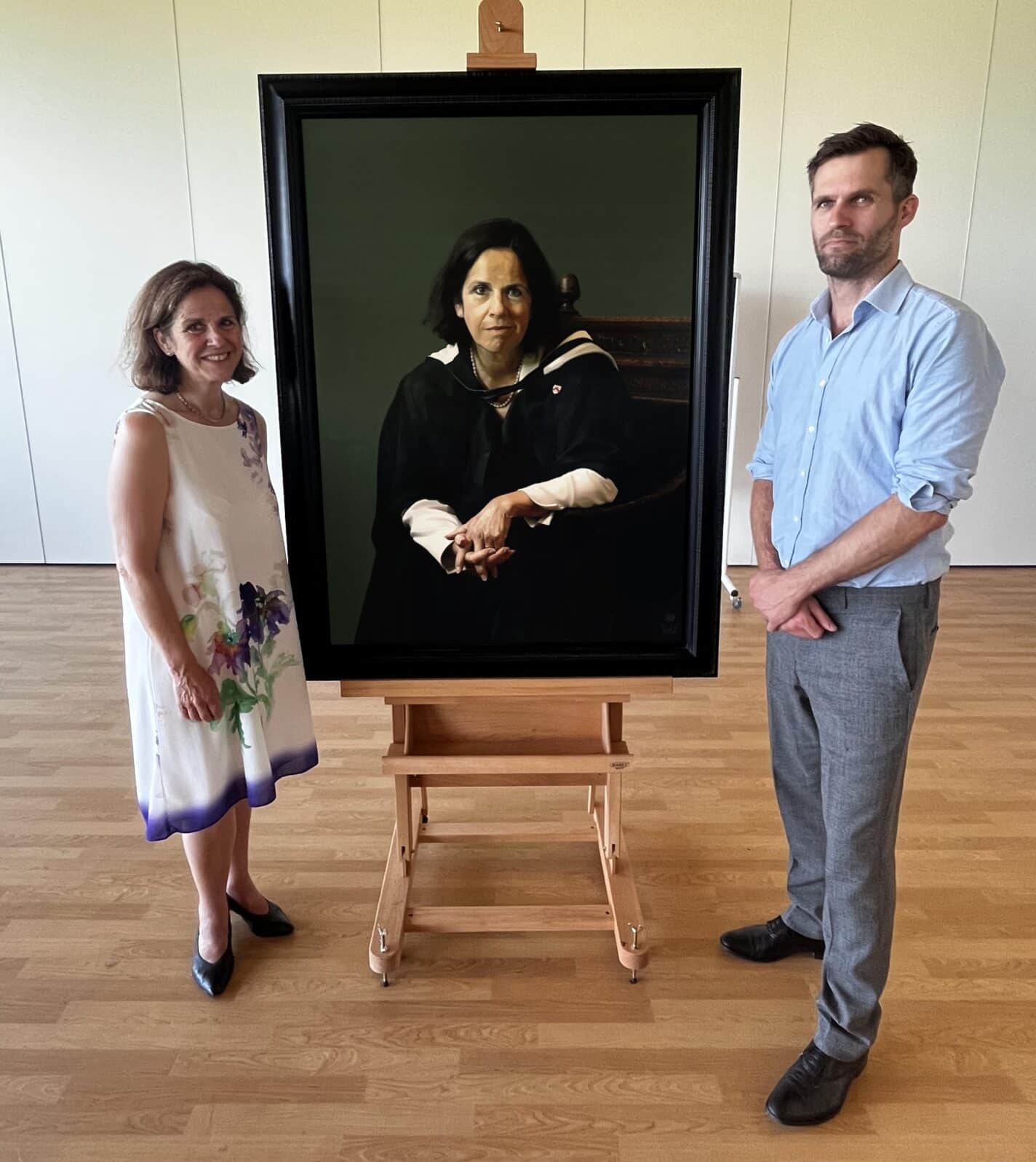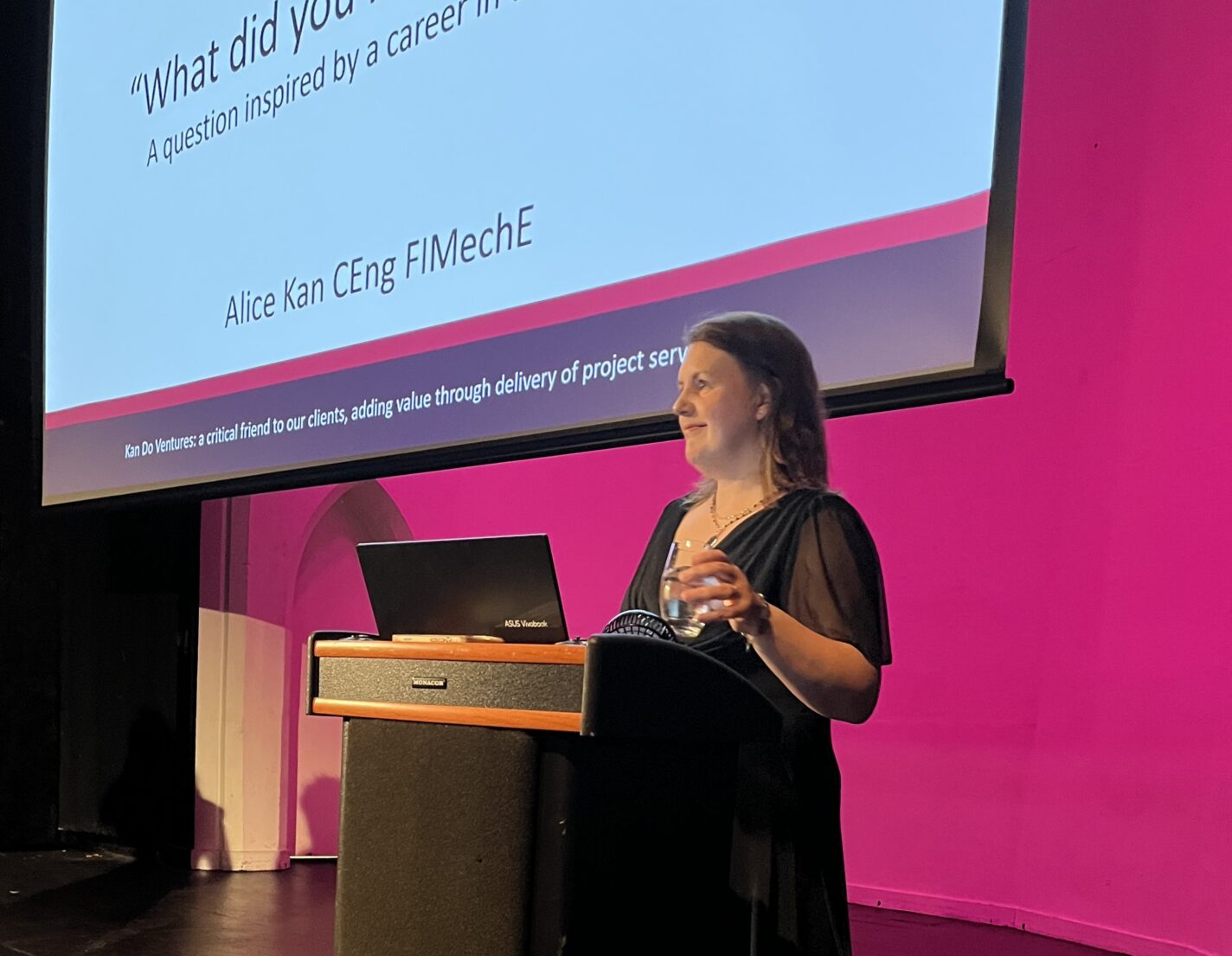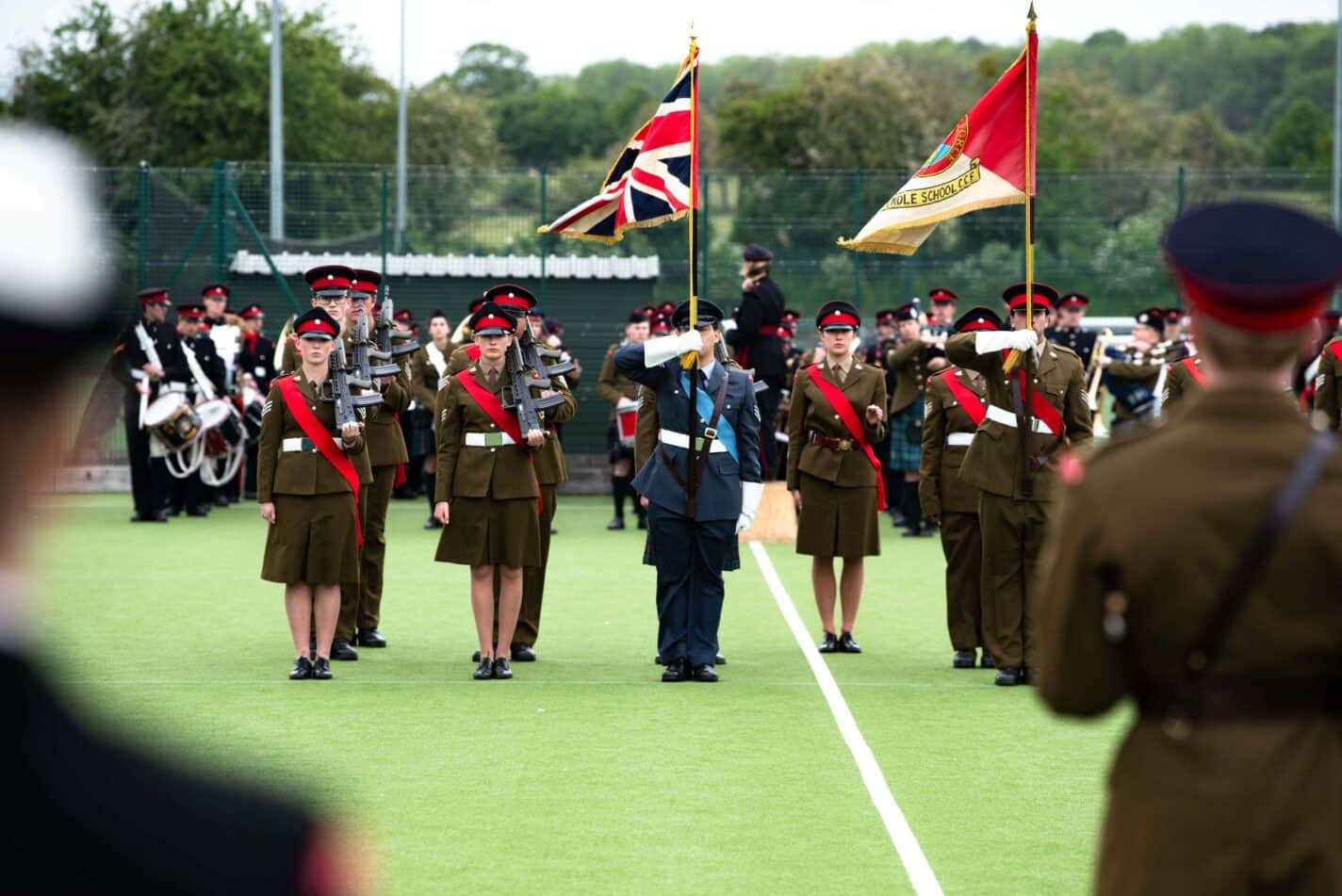Our first day in Washington DC greeted us with near biblical rain, but it was our clothes and not spirits that were dampened by the weather. Welcome relief came in the form of “three wheeler dealers” flogging umbrellas for $10. We headed first to the National Archives Museum to begin our immersion in US political history. The Archive was a treasure trove of the country’s most important documents, and a foundation for our history and politics courses. Under the soaring Rotunda we absorbed the historical significance of documents such as the Bill of Rights, the Declaration of Independence and the Constitution.
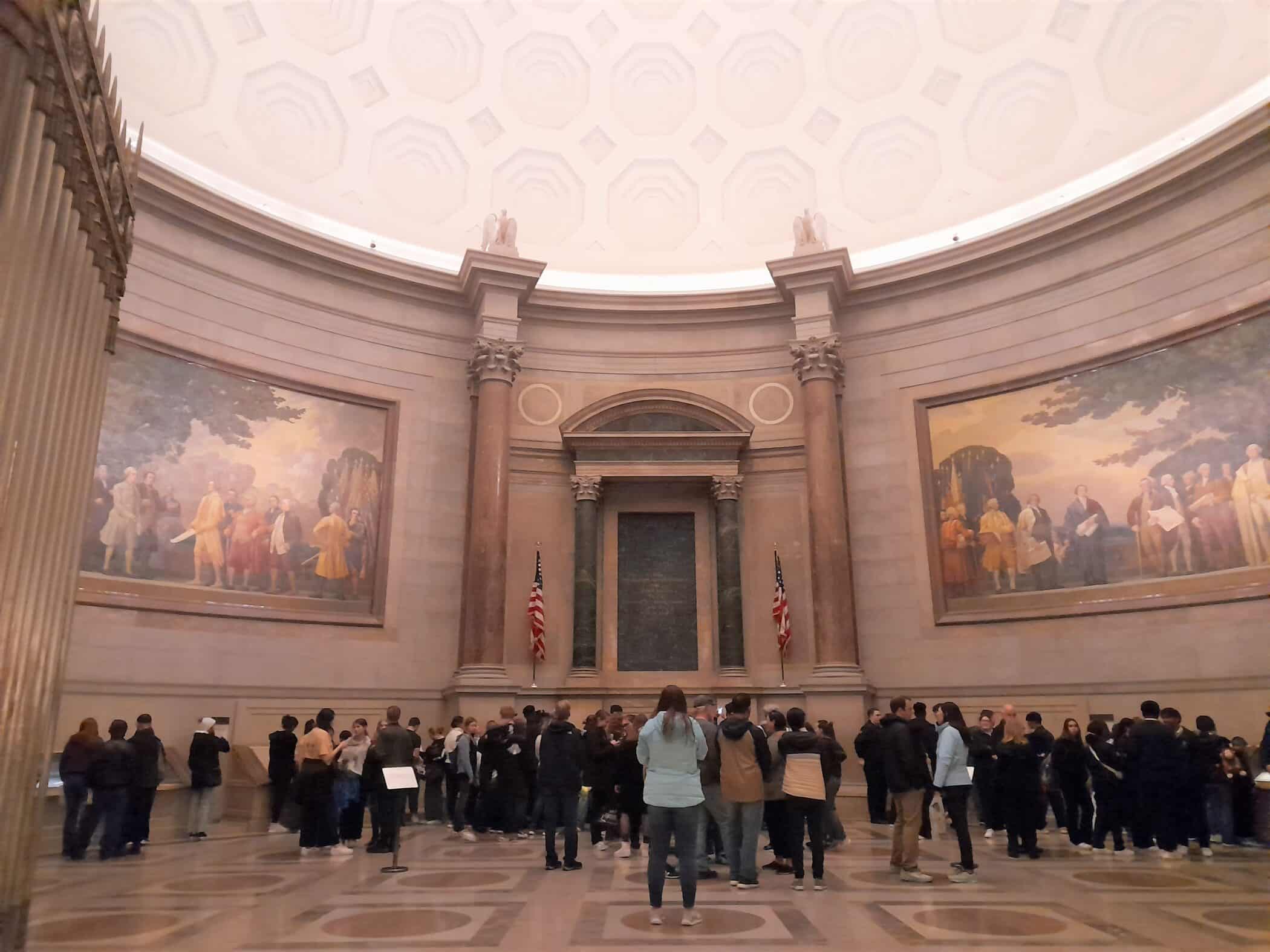
At the Capitol we were shown the original entrance to the building, including details of the 1814 burning of the Capitol by British forces. We also saw the original Supreme Court chamber, an intimate yet ornate setting, before moving into the magnificent Capitol Rotunda populated by statues and artworks depicting the progression of America through its history.
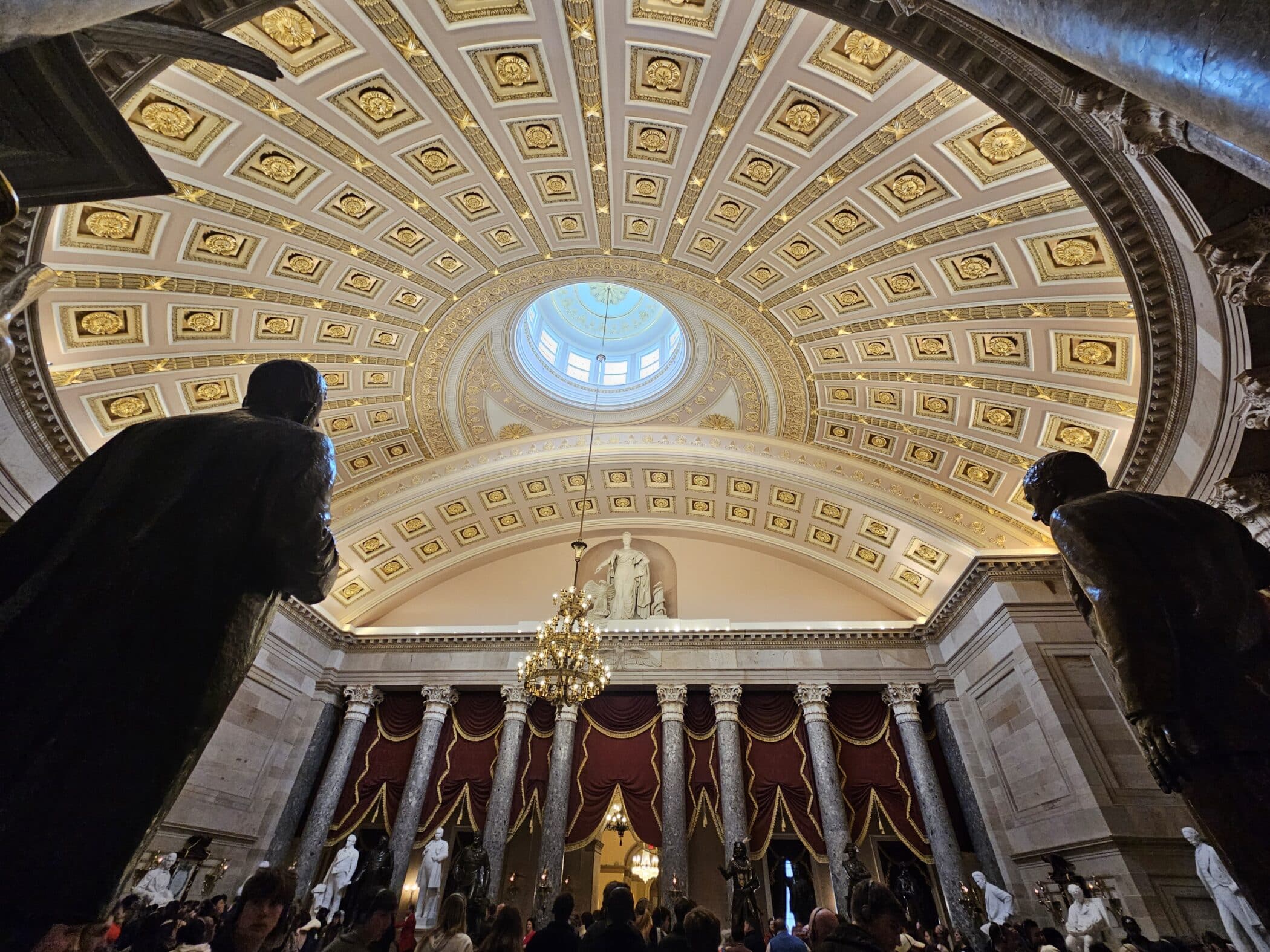
A trip to the Capitol One Arena to see the Washington Wizards take on the Toronto Raptors was an enjoyable evening, and a first experience of American sports for many of us.
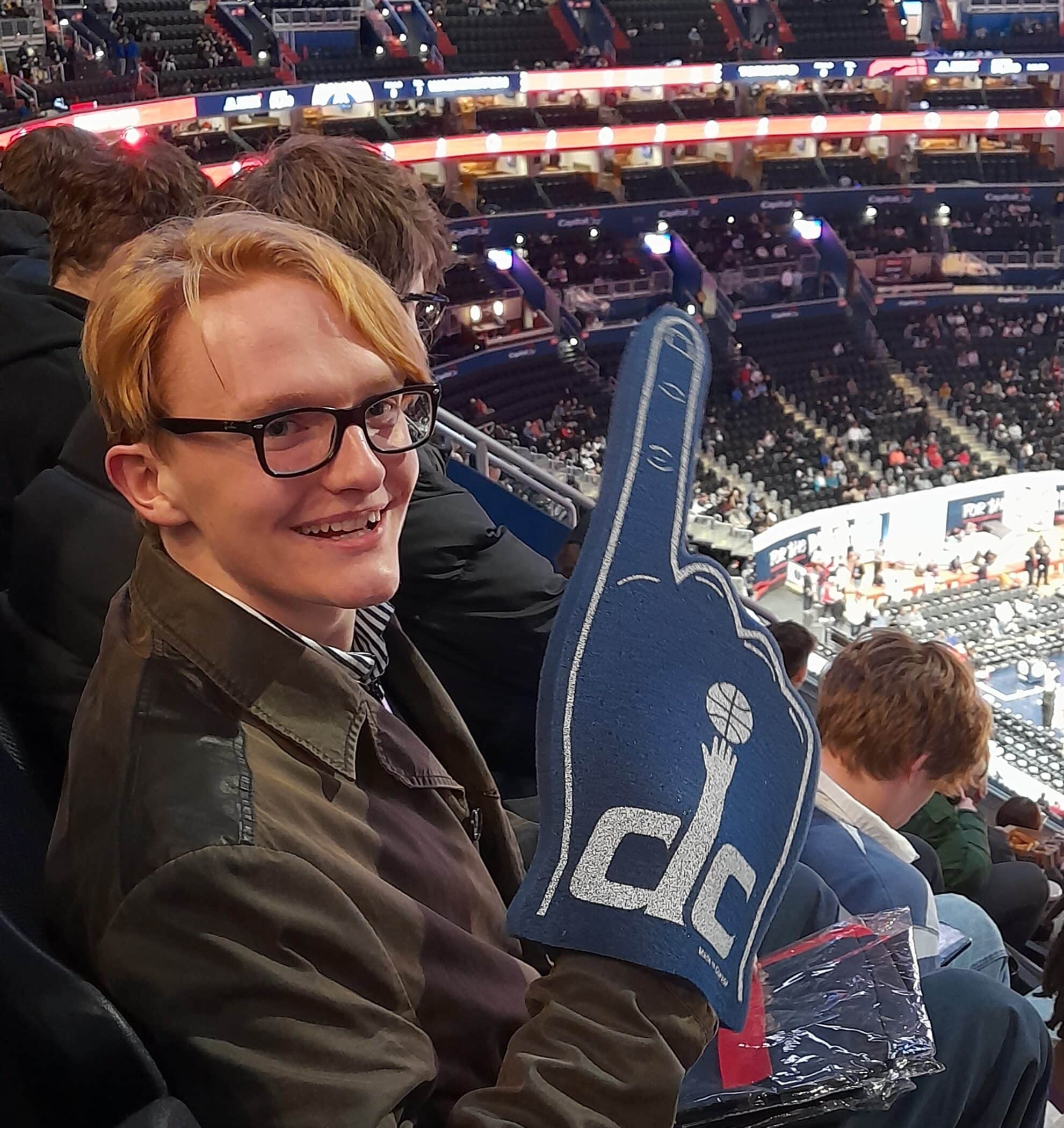
At breakfast the next morning, embracing an American appetite, we packed ourselves full of carbs for our journey to Mount Vernon, the home of George Washington, where we saw the farm, the sixteen-sided barn, the slave quarters and Washington’s tomb. A favourite feature of the house was his study where he kept a chair fitted with a wooden panel that fanned him when he rocked.
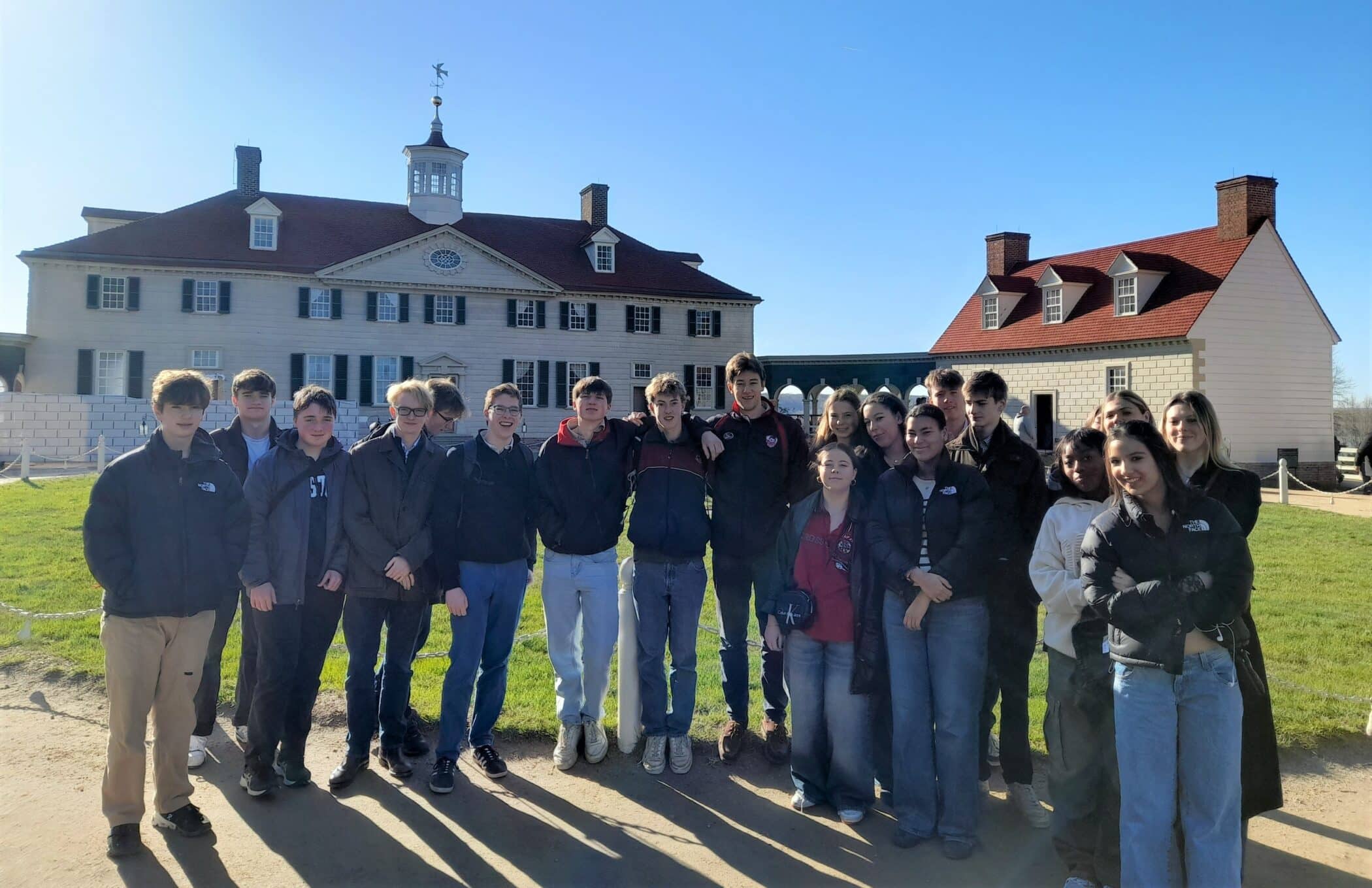
Next on the agenda was Arlington Cemetery. We arrived in time for the changing of the guard at the tomb of the unknown soldier, and afterwards visited JFK’s memorial, and the grave site of Pierre L’Enfant, the urban designer of Washington DC. Our third stop of the day was the Pentagon where we stopped at the memorial commemorating the 9/11 attacks. One of the most reflective moments of the trip was our walk around the individual memorial benches, noting the names of those who had been killed in the building and on the plane during the attack. We spent the evening in Georgetown. Although we didn’t have a lot of time to walk around, we were able to soak up the atmosphere before heading to a supper of pizza, followed by a much anticipated game of bowling.
Day three started with a visit to the Supreme Court, with another opportunity to take in Capitol Hill. A few political hopefuls gambled on getting into the court to watch the proceedings, at the cost of a long wait in line. The rest of us left for the White House visitor centre located in the ornate Patent Hall, where we not only learned about the history of the presidency, but also took note of how Americans view and curate their own history.

For those of us studying civil rights, the next stop was the much anticipated National Museum of African American History and Culture. In addition to being architecturally striking, the museum charted an expansive and detailed history of African Americans from the 16th to the 21st centuries, from slavery to freedom. The museum was a profound testament to the significance of race in American history, and brilliant to experience.
A quick walk across the National Mall, with another great view of the Capitol and Washington Monument, brought us to the National Air and Space Museum. Here, we saw exhibits from the original Wright Brothers’ Flyer to Neil Armstrong’s space suit and the re-entry vehicle that brought him home. There was perhaps some continuity with the rest of what we had seen in terms of the psyche of “destined” American progress, and the space-race’s backdrop to the Cold War and the Kennedy administration.
The last museum of the day was the National Museum of the American Indian. Again, this was an architecturally impactful structure. Clearly, these newer museums, dedicated to those groups formerly omitted from the American narrative, stood not only as learning centres but also as symbols of those groups’ recent reintegration into that narrative. The American Indian museum explored the history of diplomacy, the subjugation of Native Americans, and their cultural role up to the present.
That evening, we were guided around the superbly lit memorials of the National Mall. With all the many monuments and memorials illuminated against the sunset, it was a picturesque way to take in what was the planned centrepiece of the nation’s capital. From the Washington Monument, we walked down to the World War Two memorial. We then proceeded past the reflecting pool to the Lincoln Memorial. The pool was certainly fulfilling its function, with glittering images appearing clear in the now darkening dusk. The Lincoln Memorial is a testament to the lasting impact of his governance.
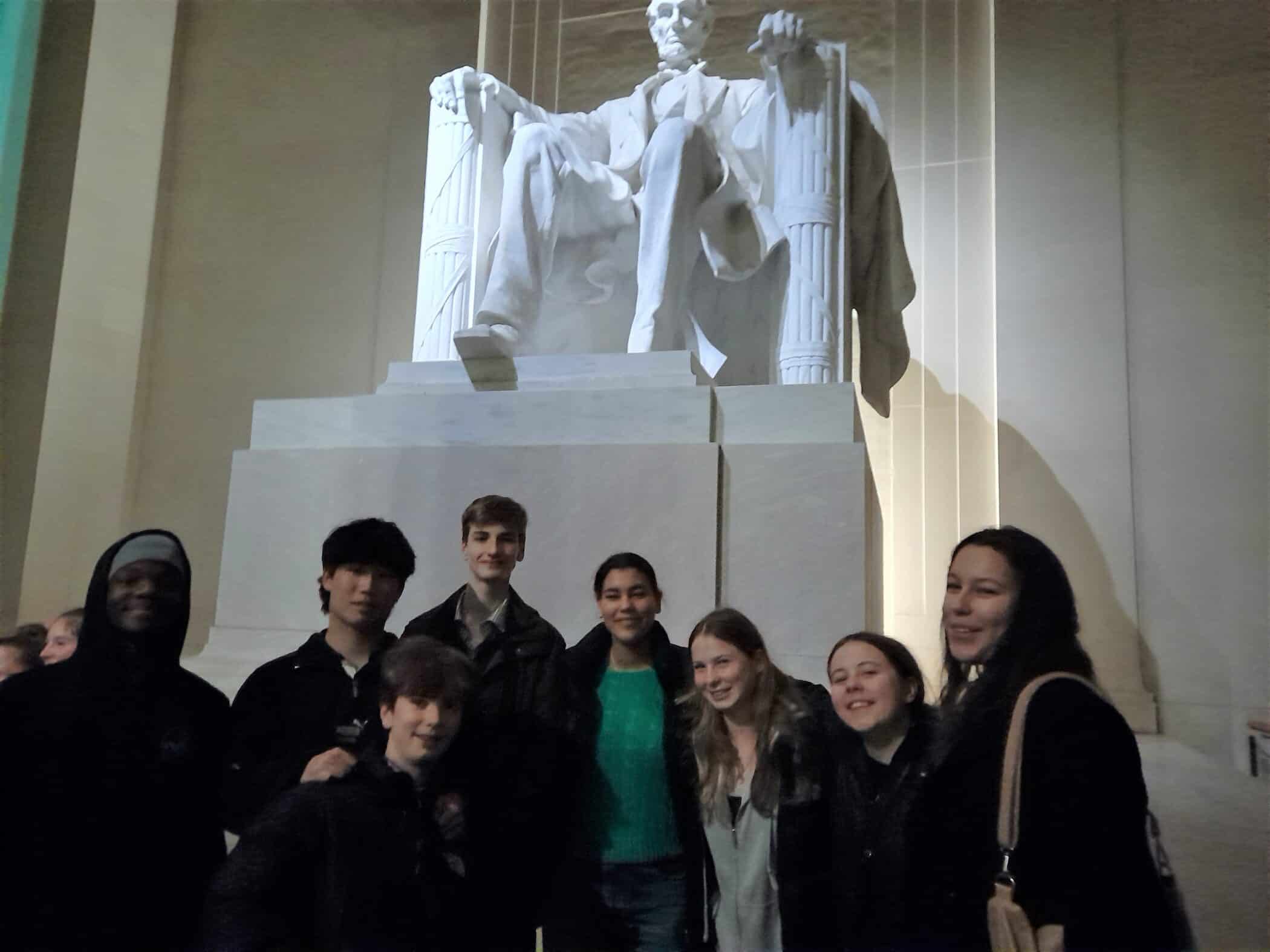
This is also the place from where Dr Martin Luther King gave his famous “I have a Dream” speech during the 1963 March on Washington. We were now standing in the very place where hundreds of thousands gathered on that day, and on the very steps from which that speech was given. Suitably, our next stop was King’s memorial, which gazes out across a lake toward Jefferson’s.
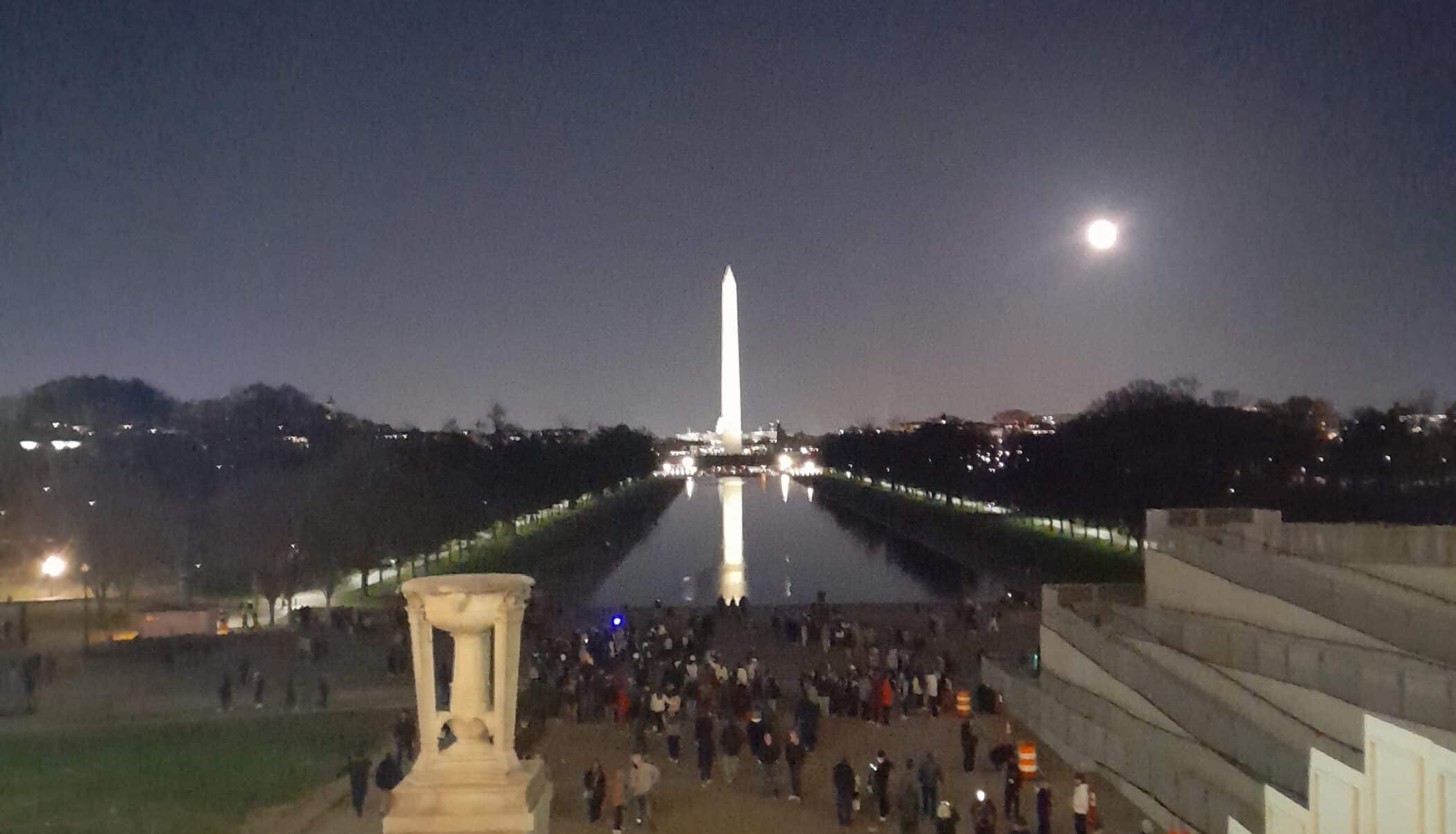
Finally, we visited the Korean, and Vietnam War memorials, each a poignant reminder of the tragic loss of life suffered. Haggard statutes stand amid the Korean memorial, while the imagery of mending two fissures in the Vietnam memorial spoke volumes about that war’s impact on American society.
On the next day, we travelled to the Gettysburg Museum of History near the site of the Battle of Gettysburg, where the cyclorama painting by French artist Paul Philippoteaux depicts the final day of the battle accompanied by light and sound effects, making you feel as if you were there. On a tour of the site itself we had a first-hand look at the battlefield and discussed the logistics and tactics of the fighting. The Eternal Light Memorial was dedicated by Franklin Roosevelt in 1938 with an audience of many civil war veterans, including a 112 year old African American veteran who travelled for six days on the train from California to be at the dedication. We heard many stories about the bravery and passion of the soldiers and generals, including Armistead, who was the last general standing at the copse of trees during the famous Pickett’s Charge, and the inexperienced General Sickles, who almost lost the battle for the Union by not following orders. The most memorable state memorial was the Pennsylvania monument, where we could climb to the top to see a great view of the battlefields.

In the evening, we had supper at the Capital City Brewing Company, where numerous TV screens caught us up on the day’s breaking news story about the Baltimore bridge collapse. That evening we went to the Kennedy Centre to watch the Stephen Sondheim musical Company. It was great to see how beautiful the Kennedy Centre was, especially lit up at night.
The final day of the trip to Washington DC took pupils in different directions. While some doggedly tried again to gain admission to the Supreme Court hearing, others set out to experience the city and its attractions for the final time. We went to the incredible International Spy Museum about espionage from Japanese ninjas and Alan Turing to Kennedy vs Khrushchev. Afterwards, we had a choice of going to Ford’s Theatre, the location of Abraham Lincoln’s assassination, or to the famous American department store, Macy’s. Due to the continued driving rain, we decided to browse the shops instead of queuing outside. Some American retail browsing was a worthwhile activity, as were the sandwiches from Panera Bread.
That night’s flight back to Oundle again took us via sightings of lava flows in Iceland in the early hours of the morning, concluding a wonderful trip filled with culture, history, learning, and incredible new experiences.
With contributions from: Sam (C ), Thomas (L), George (B), Jemima (D), Thomas (Sr)
